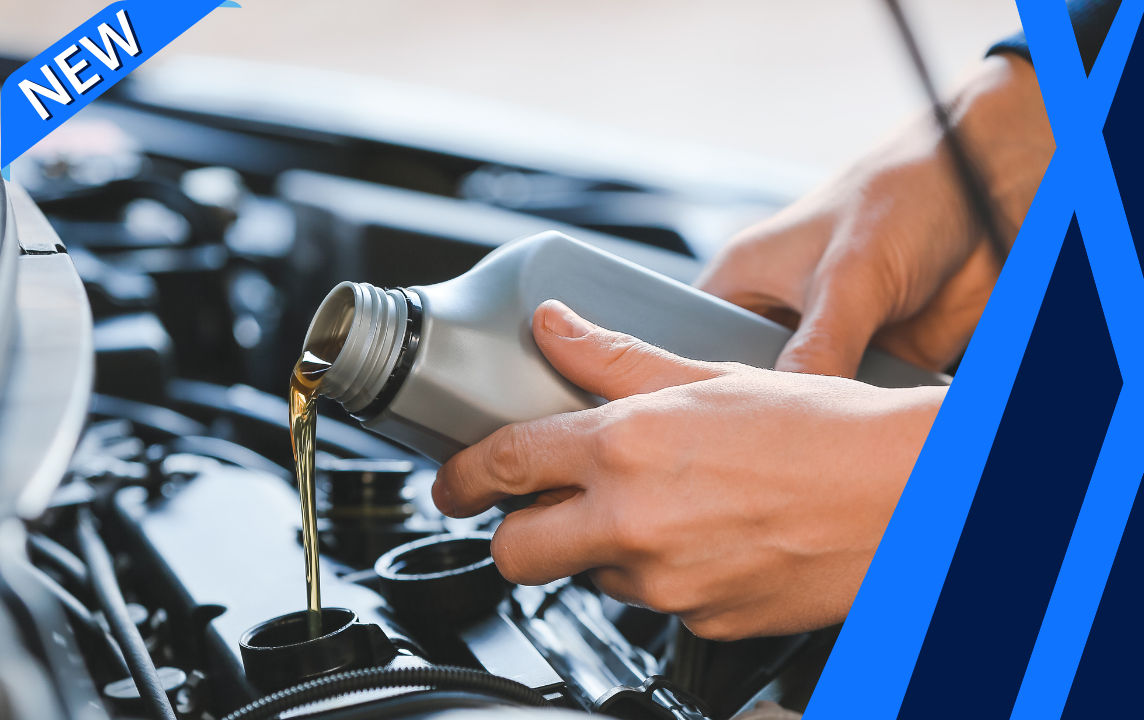Description
Banging noise when driving over the bumps inspection
How this system works:
Your vehicle’s suspension system is made up of many components designed to adjust when driving over rough terrain, to ensure a comfortable ride. When these components begin to fail, they may produce clunking or banging noises to let you know something has gone wrong. However, typically when suspension components like tie rod end and ball joints fail, they will make a banging noise all the time, and not just over bumps. The fact that the noise only seems to occur while driving over a bump may be a sign of a different issue.
Common reasons for this to happen:
- Bad Sway Bar Link: A vehicle’s sway bar or anti-roll bar, helps reduce body roll while cornering. Sway bars can help keep a vehicle from rolling over when going around a sharp corner. If the sway bar breaks or is damaged it may produce a clunking or knocking sound, especially when going over bumps. Your vehicle may also have more difficulty handling when the sway bar is damaged.
- Worn Control Arm Bushings: The control arms on your vehicle’s suspension allow for movement up and down when driving on uneven terrain. Part of the control arm assembly is a bushing, typically made of rubber or polyurethane. The bushings are designed to dampen any noise that might be created when your vehicle goes over a bump. If the bushing wears down, the noise is not dampened and you may hear a resulting bang when driving over bumps.
- Loose Brake Caliper: Your vehicle’s brake callipers are pistons that engage the brakes when the brake pedal is applied. Callipers are typically secured with bolts and do not move. If a calliper bolt has become lose it may cause the calliper to make a banging noise when driving over bumps.
What to expect:
A top-rated mobile mechanic will come to your home or office to determine the reason for the banging noise when going over bumps. The mechanic will then provide a detailed inspection report outlining the reason for the noise and the cost of any repairs that need to be made.
How it’s done:
The mechanic will begin by raising the vehicle and removing tires to get a better view of the vehicle’s suspension. From here, he or she will be better able to access and replace components that may have failed.
If your vehicle is equipped with a sway bar link, the mechanic will inspect it for any signs of superficial damage. The mechanic should then look at the sway bar bushings to see if they are worn and need to be replaced. The mechanic will then remove the old bushings and sway bar if necessary, and replace them.
If the mechanic suspects the control arm bushings, he or she will check for signs that the bushing has worn down. The mechanic should also inspect the whole control arm assembly and replace it if necessary. The mechanic will then install the new bushings.
While having a loose calliper bolt is rare, it is important to have the callipers inspected because of the potential loss in braking the bad callipers could create. The mechanic should check to make sure that the bolts are securely tightened and the callipers are lined up with the rotor. If the callipers were loose it may have warped over time and become ineffective. The mechanic will replace the calliper if it is needed.
How important is this service?
A vehicle that makes a banging noise while going over a bump may reveal an issue with the suspension system. Not only does the suspension system provide a comfortable ride but it plays a critical role in the safety of the vehicle, especially when cornering and braking. If you notice a noise while going over bumps, you should have it inspected to make sure that the suspension is working properly.




